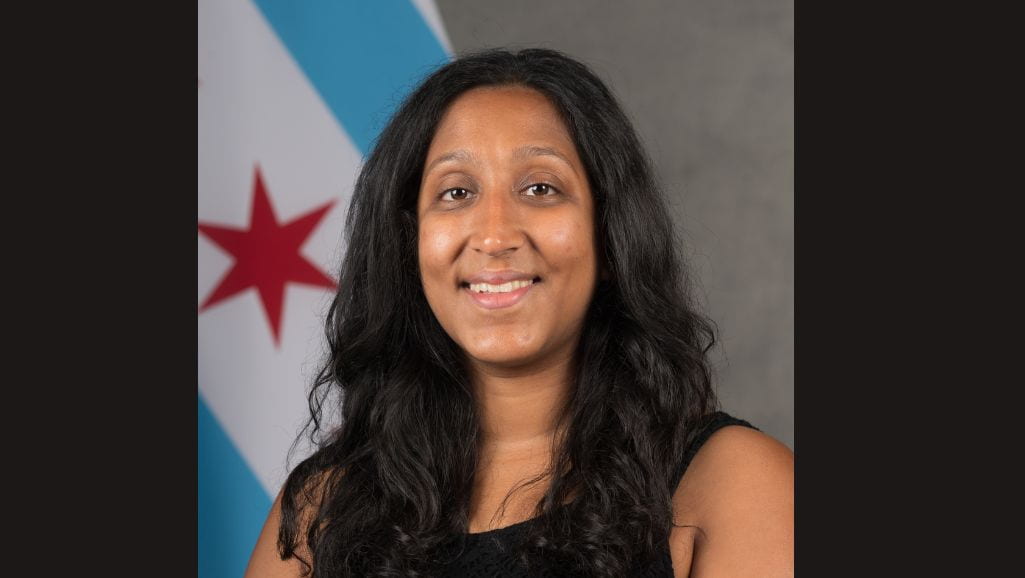Swati Goyal, MPH, Chicago Department of Public Health
Where are you from?
I am a first generation South Asian American-born child to two immigrant South Asian parents who used to live in India. I am the youngest of three kids, so my siblings and I are about 12 and 11 years apart. I was born in New York, and we moved to Chicago when I was six. We lived in the northern suburbs for as long as I could remember, so pretty much all of my childhood and growing up was spent here in Illinois. Now I live in the city as an adult. I currently work for the Chicago Department of Public Health. I am a coordinating planner, which is a project manager.
What led you to your current organization?
I graduated from UIC in May 2019 with my Master of Public Health, with a focus on community health with intervention planning and design. I worked as a program associate for the Illinois Public Health Institute for about 10 months before COVID hit. I transitioned to being a clinical research coordinator in the University of Chicago’s Biological Sciences Division for about two years and then I became a research project manager at the Northwestern Comprehensive Transplant Center. I’ve been at CDPH since June 2023.
Are you focused on a particular area of Chicago’s public health?
I don’t have a specific area of focus, but I enjoy process improvement program development. In research spaces, I like to get PIs to think about the patients, how the patients are going to be interacting with the study, and how we can give them more of a role rather than just being another research subject. A lot of my job is trying to get people to focus on the finer details when it comes to a program or research protocol. I think that we’re so focused on achieving the aims or the objectives, so we don’t think as much about the process of how we get there. While managing a study or managing a program, I try to get folks to think more step by step and about the in-between steps.
What are you hoping to accomplish as a member of the CSAC?
I’m hoping to build more relationships within the city of Chicago around chronic disease. We focus on hypertension, diabetes, which are highly important, but there are many other chronic diseases that exist. How do we think past hypertension and diabetes? Heart disease is common here in Chicago, but I don’t see a lot of programming or product development around it. For example, [atherosclerotic cardiovascular disease] is high among South Asians. We don’t do enough to capture all of the different ethnicities and people of color in the city of Chicago. How do we continue to address and involve the Latinx community, the African American community and also involve the immigrant populations, the migrant populations, the refugee populations, and the variety of Asian populations that exist in the city of Chicago and Illinois? There are similarities amongst populations of color, but data on LatinX and Black populations may not be generalizable to all communities of color.
What issues in your community do you hope to resolve?
The City of Chicago is not comprised of one specific ethnicity or community of color, it’s comprised of many, but I think that we don’t spend enough time on it. I think we report the baseline demographic data, but we could dig deeper into that. In Rogers Park, for example, there is a huge immigrant community, a melting pot of pretty much all ethnicities, but you know there’s not a lot of programming up there. A lot of our programming efforts are focused on the south and west side. Historically it makes sense, but it also negates the other populations that are a part of the city that may be considered well off because they’re on the north side.
What is something that most people would be surprised to know about you?
My background is in Indian classical dance and Bollywood dancing. I am on a dance team called Shakti Queen Beats, and we perform throughout the year. We do Bollywood brunches with Bar Goa in River North. I also teach dance–I usually post that information on my Instagram @creationsbyswats

